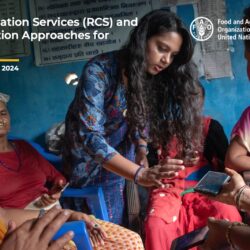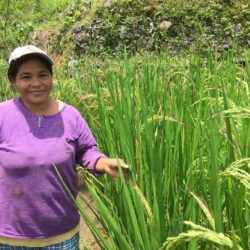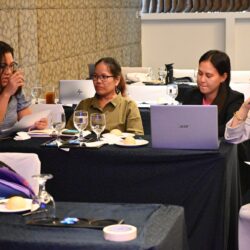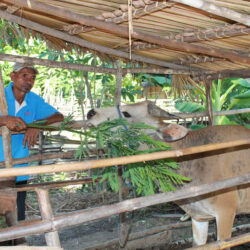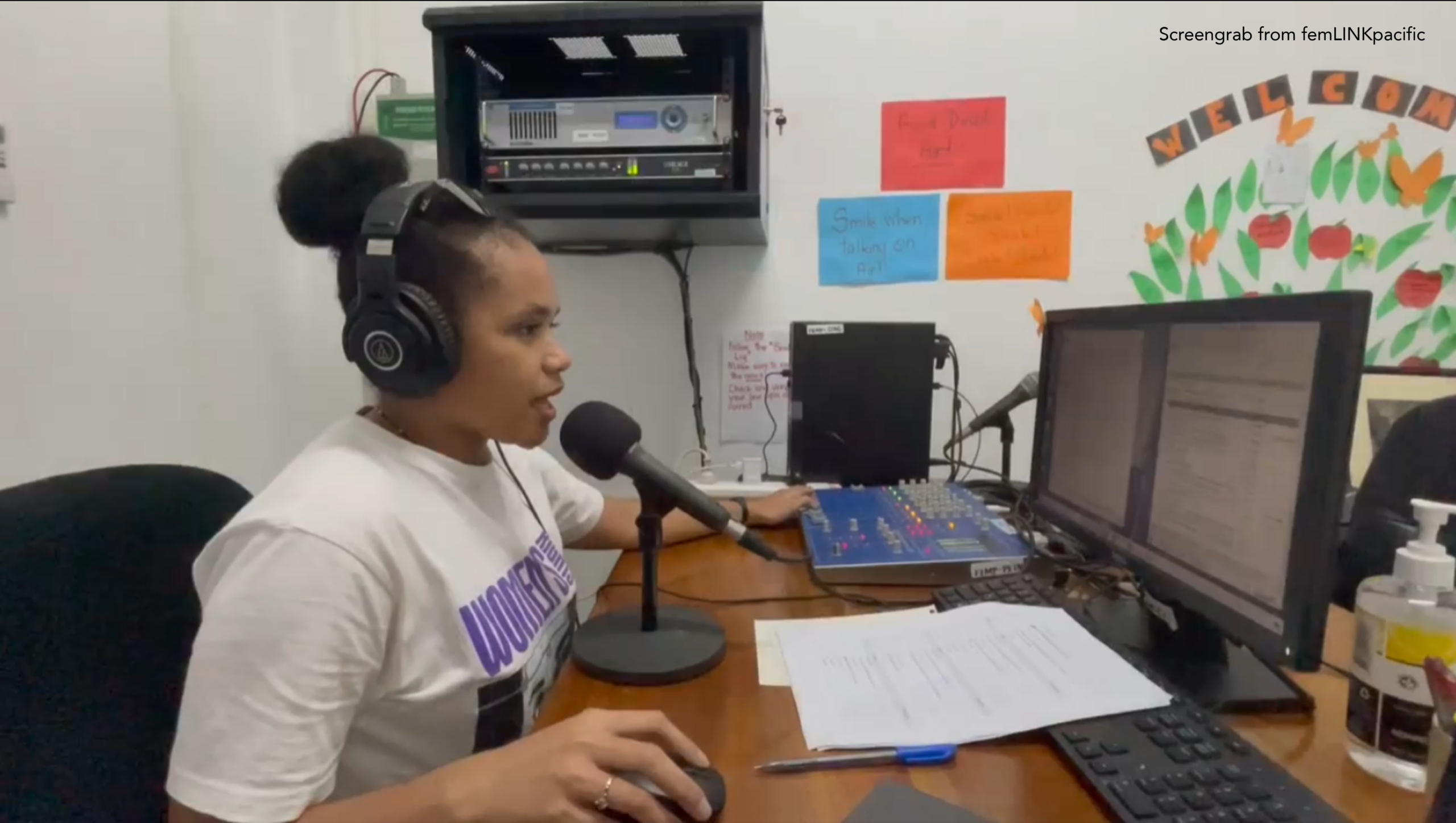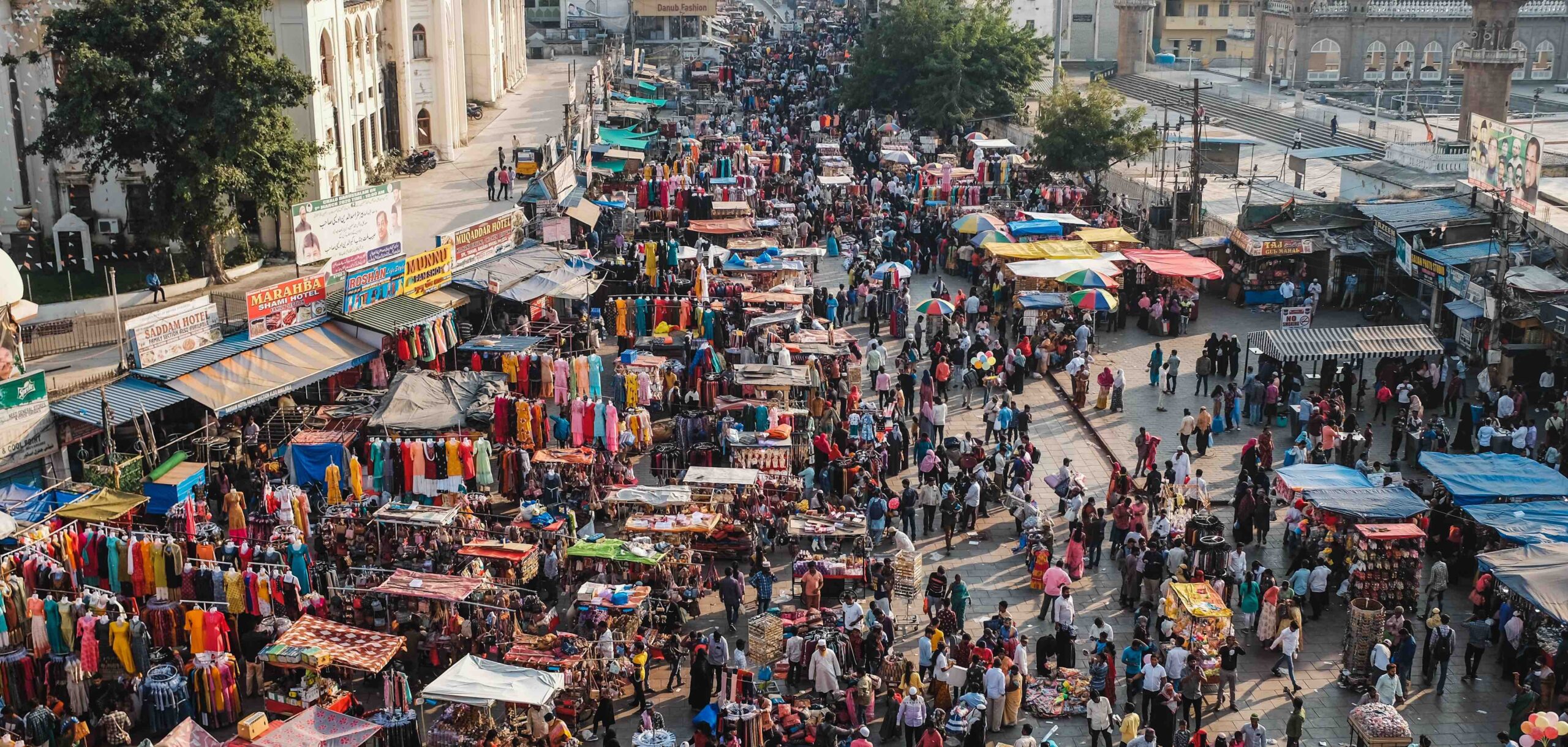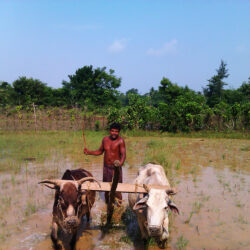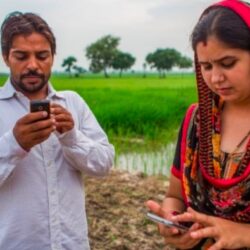Importance of communication in family farming stressed in FAO seminar
The Food and Agriculture Organization of the United Nations (FAO) recently hosted a technical seminar on Rural Communication Services (RCS) and Inclusive Innovation Approaches for Family Farming on 29 April 2024. The hybrid seminar was held at the Ethiopia Room at the FAO Headquarters in Rome, Italy, and was attended by a diverse group of… Read More

